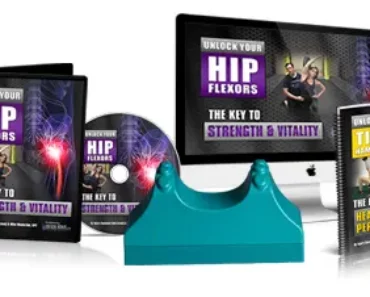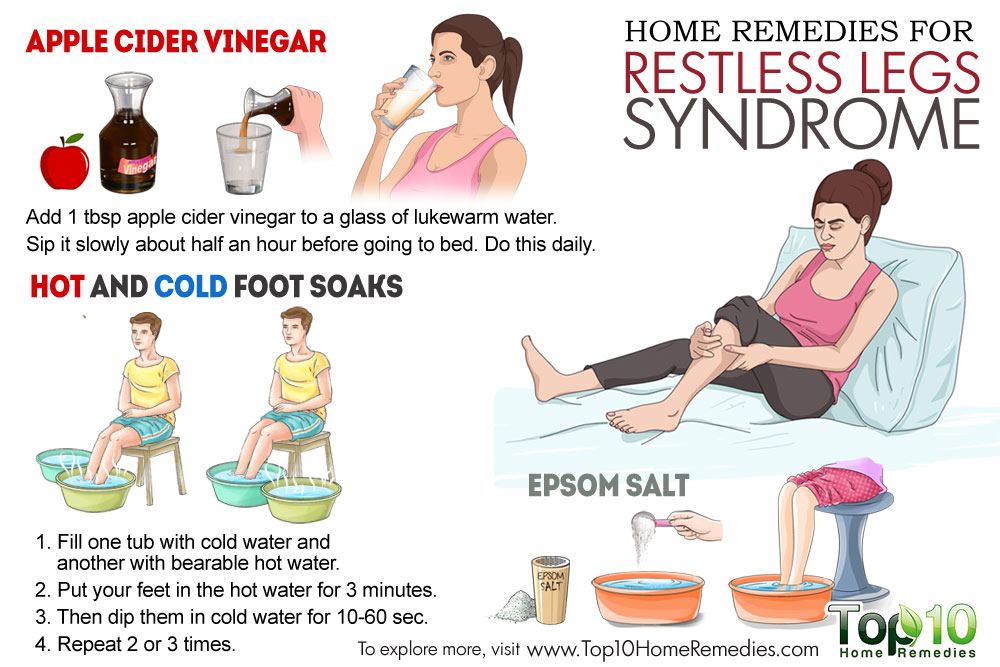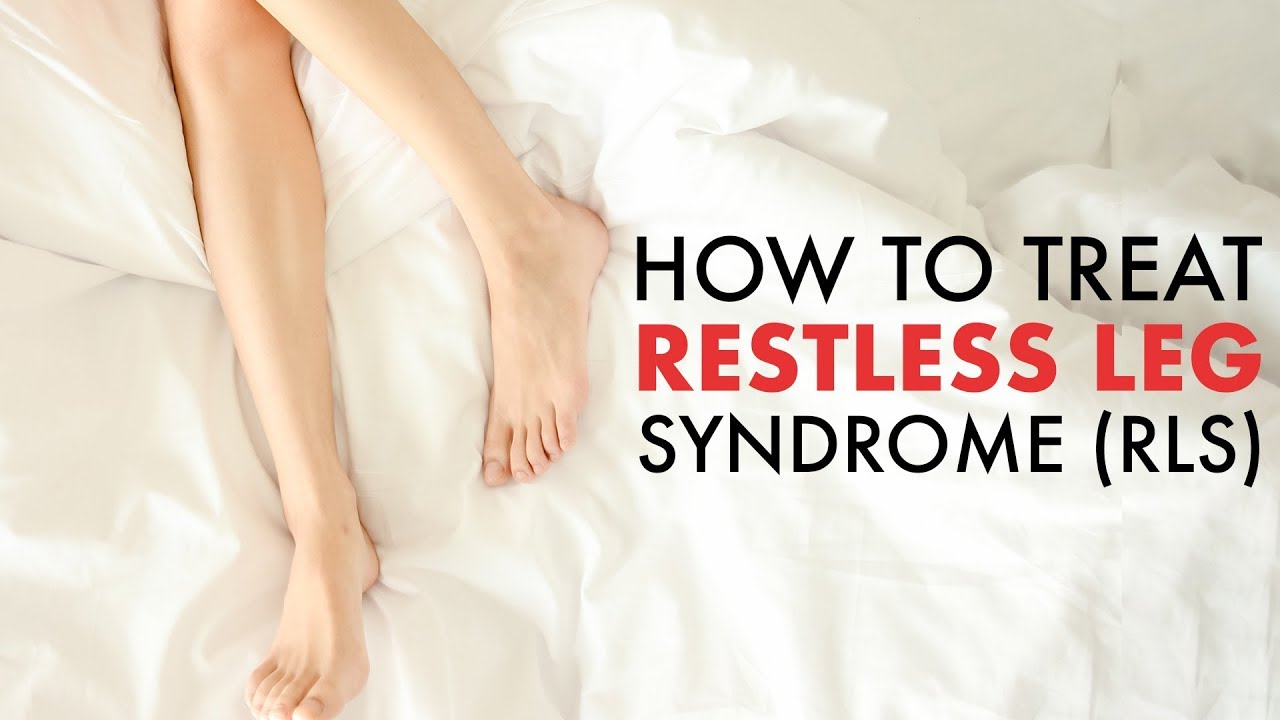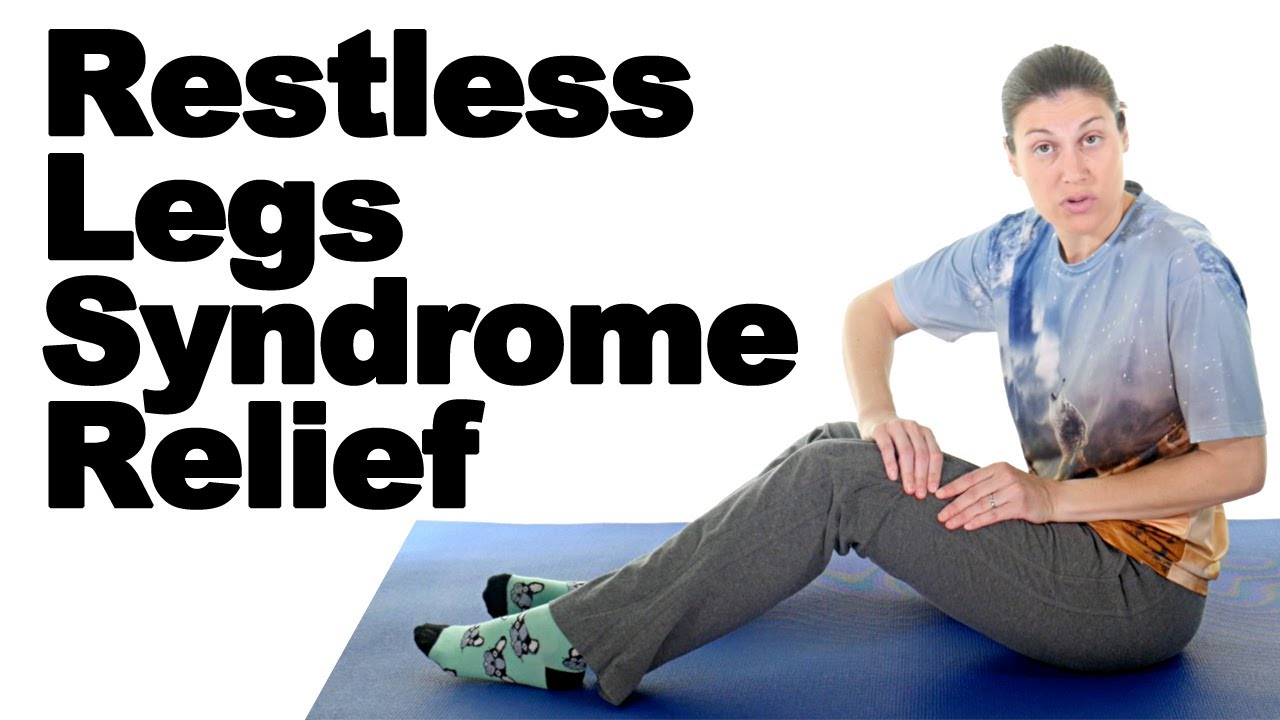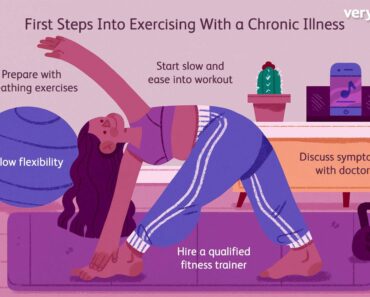Tight hip flexors can be a big issue for anyone who spends a lot of time sitting. Whether you work at a desk, sit in a car or do activities like running, it can take your hip flexors a long time to adapt to the position.
This leads to a muscle imbalance that can lead to pain, stiffness and other issues in the hips.
Stretching
Many people skip stretching to avoid pain and discomfort, but it can help reduce tightness and improve flexibility. Stretching is also a great way to increase your core strength and balance.
Before starting any stretches, it is important to warm up the muscles. This is done by performing exercises that increase your body’s heat, blood flow and deliver oxygen to the muscles.
The best way to warm up is to perform a few sets of a light exercise that is appropriate for your fitness level. This will ensure that the muscles are loose and ready for stretching.
It is essential to hold each stretch for at least 30 seconds. If you don’t hold the stretch for this amount of time, it can be dangerous to the muscles, tendons and joints.
It is also recommended to consult with your doctor or physical therapist before starting any type of stretching program. They will be able to recommend the most suitable exercises for you.
Strengthening
Strong hip flexor muscles allow you to walk, run, sit and stand properly. They also help support your body’s weight, improve athletic performance and prevent injury.
Tight hip flexors are often caused by poor posture or underuse. They may also be aggravated by conditions like arthritis or osteoarthritis.
Fortunately, there are many ways to strengthen the hip flexors without adding stress or overtraining to your body. In fact, a 2016 study published in the Journal of Sports Medicine found that using an elastic resistance band can help with strengthening hip flexors.
Strengthening your hip flexors can help you reduce pain during workouts, improve your overall health and boost your mood. And it’s safe and easy to do anywhere – you don’t need to have a gym membership or access to a weight room.
Massage
Massage has been shown to reduce muscle tension, improve flexibility, and relieve back pain. It can also increase blood flow, speed up the healing time of strained muscles and ligaments, and relax and rejuvenate the body.
If you’re suffering from hip flexors tight, a massage is one of the best ways to treat this condition. Therapists are trained to use techniques such as deep tissue massage, trigger point therapy, and active stretching.
Tight hip flexors can limit your hip extension and could lead to compensation such as arching the lower back in lunges, running, and walking.
Tight hip flexors can also cause you to have poor posture and weak core muscles. A therapist can help with this by providing massages that target these areas and addressing any underlying psychosocial issues.
Yoga
If you have hip flexors tight, yoga can help you to stretch and open them up. However, be sure to avoid exercises that put too much pressure on your knee joint.
Tight hip flexors can also increase your chances of developing hamstring tendonitis. This condition is a result of your hip flexors pulling your hamstring forward, putting extra stress on the hamstring muscle.
Luckily, there are many poses in yoga that target your hip flexors. Some of the best ones to try include the low lunge, lizard pose and wheel pose.
You may find that these stretches are difficult at first, but they are all good for your hips and overall health. Just remember that you need to build up your flexibility over time.
Yoga is a great way to develop your flexibility, but it will take consistent practice and stretching on a daily basis to reach your optimal level of flexibility. If you are experiencing pain and discomfort during stretches, stop and modify the pose before moving into it again.
